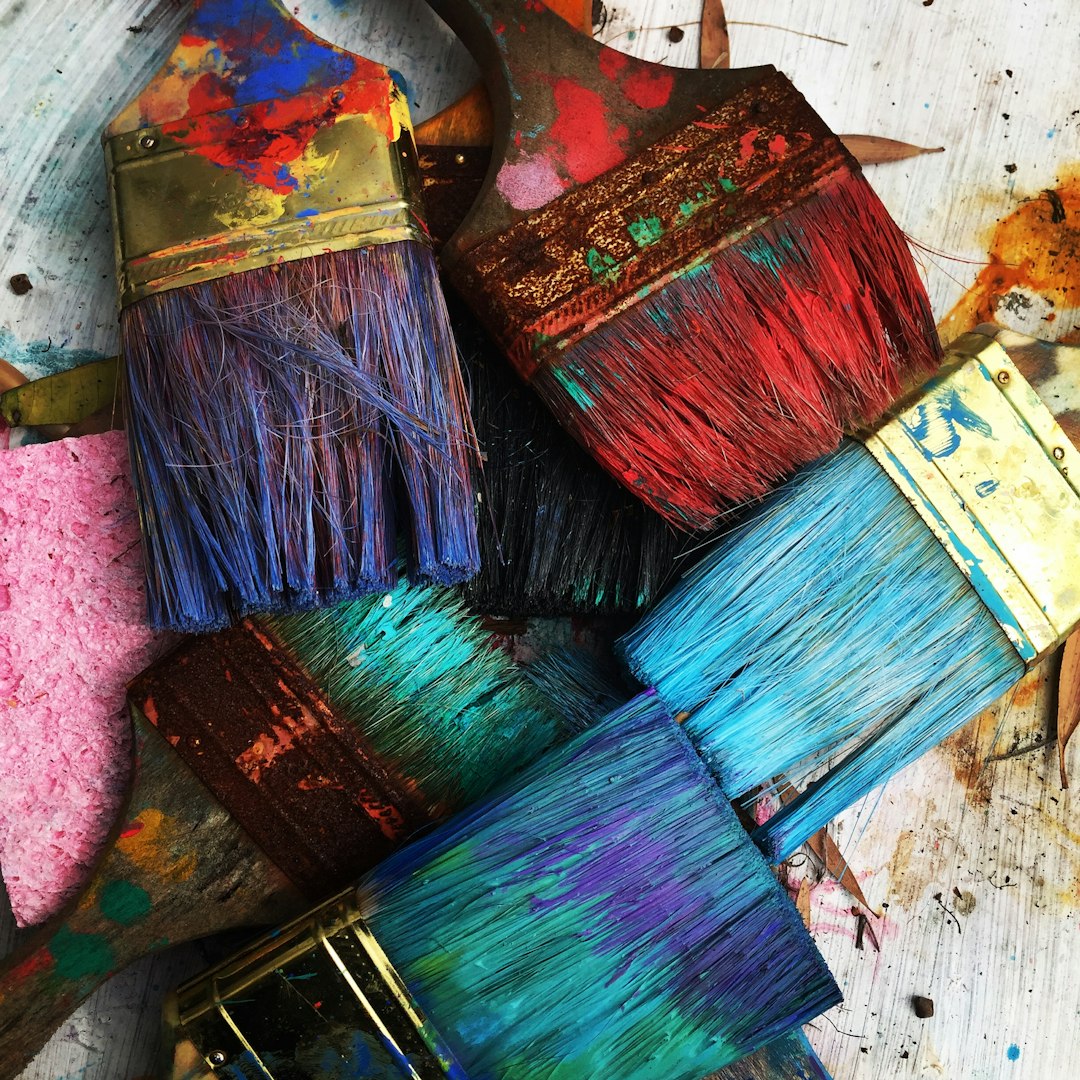Art conservation and restoration are crucial in preserving our cultural heritage and ensuring that future generations have access to these important pieces of history. These techniques involve a delicate balance between preserving the original integrity of the artwork and making necessary repairs to prevent further deterioration.
One of the key techniques used in art conservation is cleaning. Over time, dirt, dust, and pollutants can accumulate on the surface of a painting, dulling its colors and obscuring its details. Conservators use a variety of tools and techniques to gently remove these contaminants without causing damage to the original paint layers. This can involve using solvents, gels, or even lasers to carefully clean the surface of the artwork.
In addition to cleaning, conservators may also need to repair physical damage to the artwork. This can include fixing tears or holes in a canvas, reattaching flaking paint, or repairing damaged frames. These repairs must be carried out with extreme care and precision to ensure that they are virtually undetectable and do not detract from the overall appearance of the artwork.
Another important aspect of art conservation is stabilizing the materials used in the artwork. Many paintings are created using materials that are prone to deterioration over time, such as unstable pigments or fragile supports. Conservators use a variety of techniques to stabilize these materials, such as consolidating flaking paint, lining fragile canvases, or even introducing new supports to prevent further damage.
One of the most challenging aspects of art conservation is dealing with works that have suffered from previous restoration attempts. Sometimes, well-meaning but inexperienced individuals have attempted to repair damage to an artwork, only to inadvertently cause further harm. In these cases, conservators must carefully assess the previous restoration work and determine the best course of action to correct any mistakes and restore the artwork to its original state.
Technology has also played a significant role in advancing art conservation and restoration techniques. For example, imaging techniques such as x-rays and infrared reflectography can provide conservators with valuable insights into the materials and techniques used by the original artist. Additionally, digital imaging and 3D scanning can be used to create precise replicas of damaged areas of an artwork, allowing conservators to test different restoration techniques before making any permanent changes.
In conclusion, art conservation and restoration techniques are vital in preserving our cultural heritage and ensuring that future generations can continue to enjoy these important works of art. By combining traditional craftsmanship with cutting-edge technology, conservators are able to restore damaged artworks to their former glory while preserving their historical significance for years to come.


